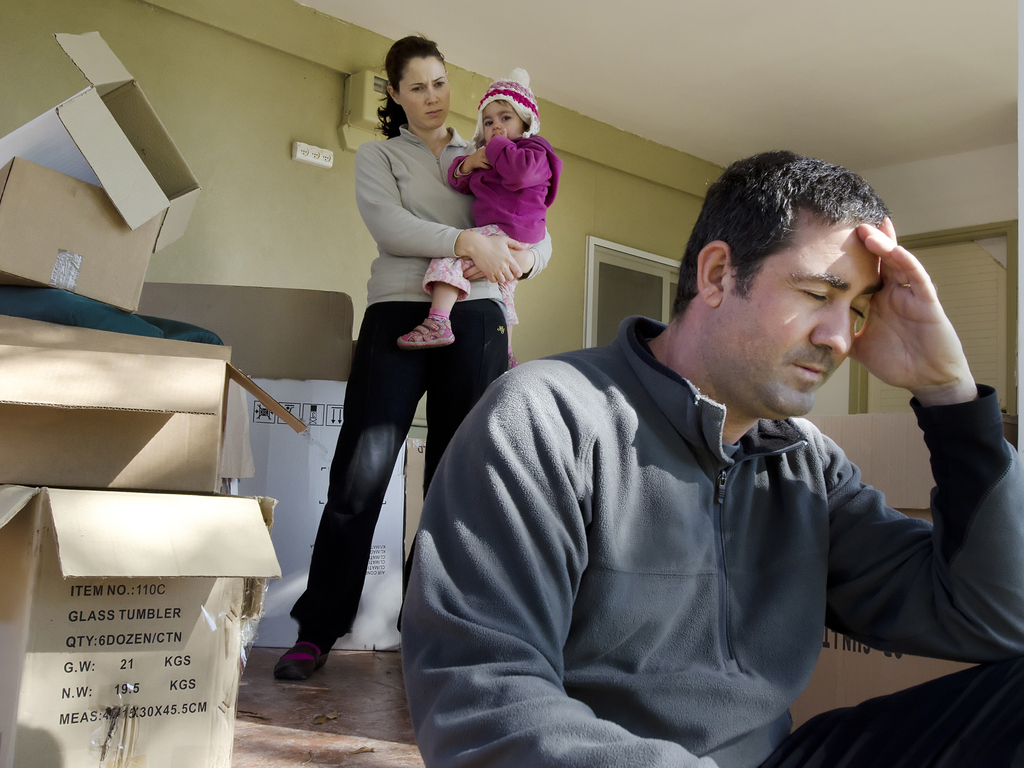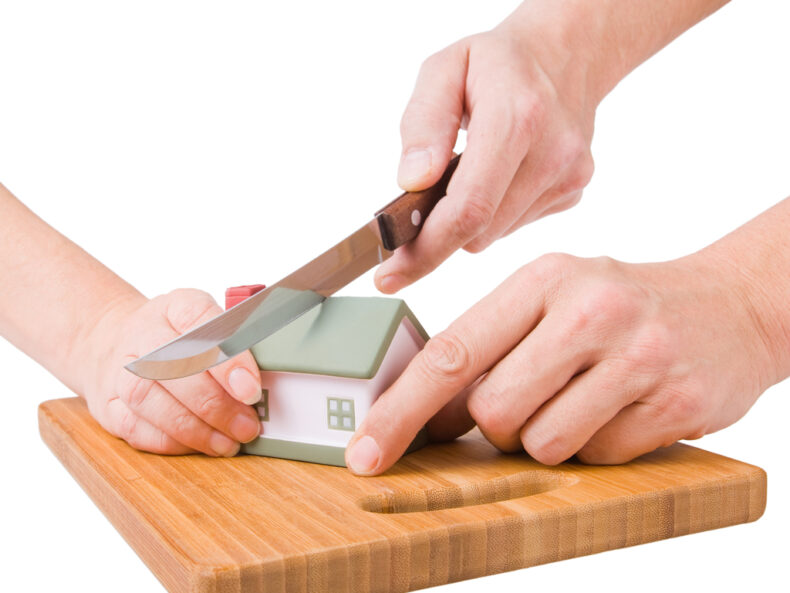Do you know the different options for the attribution of the family home to the parents, in case of joint custody?
Our Spanish judicial bodies are increasingly in favor of joint custody, when article 92 of the spanish Civil Code was reformed in 2005, giving judges the possibility of agreeing on the joint custody regime if both parents requested it in the proposal of regulatory agreement, or throughout the procedure, or even if the Judge so decides at the request of only one of the parents, although the latter always exceptionally and after the favorable report of the Public Prosecutor’s Office, provided that this protects the superior interest of the minor child.
However, there has been several Regional Communities in Spain that have legislated firmly betting on shared custody as an even preferable option. Among them are Aragon, the Valencian Community, the Basque Country, Catalonia and Navarra.
In any case, the jurisprudence itself has qualified article 92.8 of the Spanish Civil Code, allowing the judge to agree on joint custody, not exceptionally but considering that said regime may be the most convenient for the children. And it is that, the right of the children to be related with both parents, even in situations of marital crisis, is desirable whenever it is possible.
Therefore, in cases of joint custody, the two parents will have an alternate coexistence with the children, in more or less similar periods of time.
And if there is no agreement between the parties to organize the allocation of the use of the family home to the children, what then are the possible scenarios regarding the allocation of the use of the family home in the case of joint custody?
Cases of attribution of the use of the family home in the shared custody regime:
I. Alternative or rotating use of the family home during the periods of time in which the parents have their children in their company
If you are granted joint custody of your children, one possibility is to attribute the alternative or rotating use of the family home to each of the two parents during the periods of time in which you have your children in your company. In this way, your children remain in the family home, in what is their living environment, which is something that our Spanish Civil Code expressly intends. In this case, the parents take turns in the home, each parent staying with their children for the time that corresponds to you to be with them.
The disadvantage of this solution is that it is one of the most expensive for the parents since the time you don’t occupy the family home, you must find another home in which to stay. This implies that there are at least 3 dwellings: the family one and two dwellings in which the parents will live during the time that it is not your responsibility to spend with your children. This situation, during periods of crisis that cause precarious jobs, is a very burdensome solution for parents.
This rotating solution of the family home is also usually conflictive for the parents since, if there are serious disagreements between you, sharing the same space for even different periods of time usually worsens the situation. This rotating solution or alternative use of the family home is usually only adequate when there is a cordial atmosphere between the ex-partners.
Also you, the spouses, can adopt this solution by mutual agreement, in the autonomy of your free will that the Spanish Civil Code confers on you.

The most common options for attributing the use of the family home in the case of joint custody are: attribution to the most needy parent with a time limitation of its use and, less frequently, the rotating use of said family home.
II. Atribución de la vivienda familiar al progenitor que tenga más necesidad de ella.
Another possible solution that is used in marital crisis procedures in shared custody is the attribution of the use of the family home to the parent who is in greatest need of it. Here, therefore, there is no alternation between the parents in the use of the home, the children always remaining in it, but here the use is granted only to the parent who is in greatest need of it, the latter having an exclusive use of it.
In this case, therefore, it is the children who will have to change their address, staying in the family home only for the period of time in which they must be with the parent to whom the family home has been attributed.
This solution avoids the friction that occurred in the previous one, due to the rotating use of the family home that involves sharing the same home, even if it is in different periods of time.
But now it is the children who will change their home, once in the family home with the most needy parent to whom they have been assigned, and once with the other parent in a different home. In any case, today there has already been a well-established social change that means that changes in the environment carried out in an orderly manner are not in themselves a problem for children, but can even be enriching for them.
Unfortunately, our common law Courts do not often apply financial compensation to the spouse who, owner or co-owner of that home, who is assigned in its use to the other spouse most in need of having it, is deprived and limited in their right of use, and neither being able to obtain economic returns from a possible lease of said home.
Time limitation of the attribution of the use of the family home to the parent most in need of protection
If you are the spouse, owner or co-owner, of the family home that is assigned to the other spouse most in need for its use, in a joint custody regime, you will of course be interested in that use is limited in time, and does not extend time excessive. On the other hand, your child must be protected, and have the use of the family home, together with the most needy spouse, long enough to have a home and roof in which to stay.
Fortunately, the spanish Supreme Court does protect the parent who is deprived of the use of the family home in favor of the most needy, and it does temporarily limit the attribution, although this period of use can be extended if once the term of use allocation ends to the unprotected, the situation of need still persists, thus the minors are not left helpless the time they remain with the parent who is in need of protection. It is that after a deadline, the most needy parent has been able to organize his/her economic situation and be able to provide food, clothing, etc., as well as looking for an alternative accommodation for (him)/herself and the children in their care, that most probably won’t consist of buying a house.
III. The non-attribution of the use of the family home.
This possibility, of not attributing the use of the family home to either of the parents, is not usually taken by the judge in the judgment of nullity, separation or divorce, but is usually adopted later, in a measure modification trial, initiated by the spouse who was not attributed the use, and in which he requests the use for him of the empty family home (which is not using the spouse to whom the use was awarded because he has changed address), or requests that it be sold to a third party, or awarded to one of the former spouses.
This measure of non-attribution of the use of the family home is usually only viable when both parents have their own homes to live in, different from the family home they occupied with their children: private, or rented, or homes of the new spouses, or even family homes.
There are also particular cases in which the family home is not awarded to any of the former spouses: for example, the case in which the family home does not belong as such to one of the former spouses, but to a company of which some of the former spouses is a partner.

The non-attribution of the use of the family home in the case of joint custody is usually agreed by the Judge in a procedure after the divorce or separation. In other words, it is usually adopted in a procedure for modifying measures initiated by the parent to whom the use was not attributed.
IV. The sale of the family home, owned by both spouses.
The sale of the family home, which is the common property of both parents, is another option that the judge could agree to. For example, in the event that the spouses did not have alternative housing, with the sale of the family home they could earn income that would help both spouses to acquire or rent another home in which to live with the children during the guardianship periods. . This possible sale can be arranged in different ways: by selling to one of the former spouses, or by selling to a third party.
It must be borne in mind that, in any case, the addresses of both former spouses, whatever they may be, should not be too far apart, so that joint custody remains viable.
If you need to manage your separation or divorce, or if in view of the difficulties to be able to make the visits you need to execute the definitive measures of visits that were established in the sentence, do not hesitate to contact the lawyers of the Pérez Parras Economists & Lawyers firm. We have offices in Malaga capital and Nerja, and we are experts in Family Law..


LEAVE A REPLY